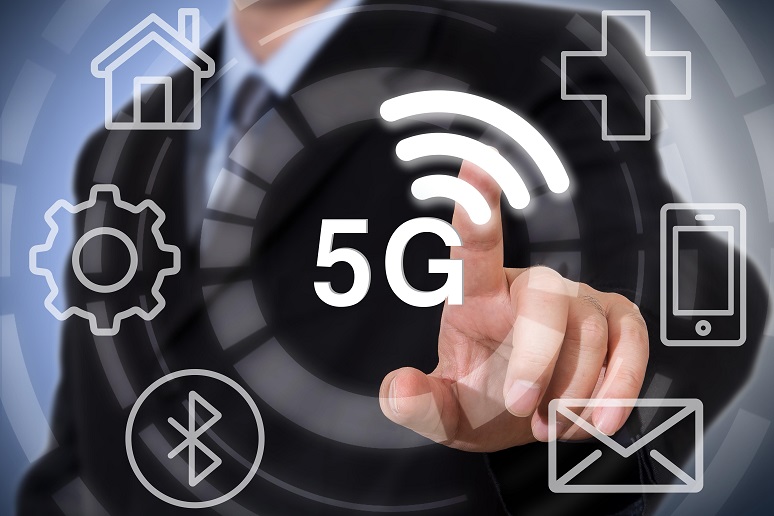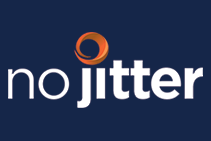For over six months, we've wondered what Ericsson intended to do with Vonage as their newest wholly-owned subsidiary. What we really should have been asking is what Vonage and its CPaaS business is going to do with Ericsson.
Ericsson made no secret that their motivation for the Vonage acquisition had everything to do with the Vonage Communications Platform (VCP), which comprises its CPaaS, UCaaS and CCaaS offerings, the two latter built on the provider's CPaaS APIs.
Vonage CPaaS is an industry leader and what most assumed would be the Ericsson crown jewel. The value of Vonage CPaaS, and their API go-to-market expertise, was viewed as so significant that many wondered if Ericsson would bother with maintaining their UCaaS or CCaaS business at all.
But the CPaaS market now has many players. Amazon Web Services (AWS) made its entry with Communication Developer Services and Microsoft with Azure Communications Services. Even Twilio and their dominant CPaaS market force has been trying to drive differentiation. We first saw this through marketing technology ("martec") integrations and the acquisition of Segment, now Twilio CDP.
Ericsson could be the key differentiating ingredient for Vonage, because it brings existing wireless operator relationships that could help Vonage create mobility-differentiated communications. Why are operator relationships important? It's the operator-mobile networks where traditional over-the-top (OTT) software applications like UCaaS has fallen short.
At Mobile World Congress (MWC) in Barcelona, Ericsson and Vonage explicitly underscored their continued commitment to their CSP community and the market opportunity around network APIs for 5G.
"Together Vonage and Ericsson will leverage our respective strengths to help CSPs monetize network investments, user experience, and growth opportunities with new network APIs and enable advanced 5G use cases like cloud gaming, connected vehicles, remote patient monitoring, and more," said Rory Read, CEO of Vonage and a Senior Vice President for Ericsson and Head of Ericsson Business Area Global Communications Platform, which includes Vonage.
Next, in partnership with Orange, Telefónica, and Vodafone, Vonage and Ericsson participated in a 5G demo using a quality of service on demand API. It was intended to showcase the impact of 5G on use cases like high-fidelity video. The goal of 5G APIs is also to abstract the network layer so that any developer can better optimize conditions like bandwidth. The broad participation of operators reflects a desire to make these APIs common across network providers, led by the Linux Foundation and GSMA.
Vonage could be using 5G APIs and relationships via Ericsson to differentiate its UCaaS and CPaaS business in two very crowded markets. I've written extensively about OTT mobile strategies in the last few years. Many UCaaS players have tried to attack the quality issues of OTT by integrating with mobile carriers and native dialers. Microsoft announced Teams Mobile integration with Verizon a few weeks ago. Cisco has native WebEx Go wireless service offered over AT&T.
Vonage could be taking a different approach altogether. Instead of dual-sims and coordinating wireless contracts, they could be looking to solve the OTT problem at the network layer. Mobile 3.0 could be over in the blink of an eye, and we could see a truly managed network experience for UC applications.
This application layer improvement also aligns with trends in mobile applications. Digital-first organizations don’t want to send communications like SMS, messaging, or even a phone call, outside the application. You lose control of the interaction. Keeping the mobile user in an application is top priority for most mobile developers.
Vonage is uniquely equipped to lead mobility-differentiated communications. Vonage has a massive base of developer fans and proven experience teaching the market about its offerings. This last week, they released updates to their popular audio and video API, adding capabilities like transcription, translation, and background blur.
Opportunities for CSPs will include VCP reselling across UCaaS, CCaaS and existing Communications APIs, as well as the ability to build their offerings with Vonage CPaaS. 5G technology could allow CSPs to support customer-specific architecture with varying network requirements more flexibly. 5G could also open up the door for use cases that have previously been closed to communications providers, like a solution to the metaverse bandwidth problem.
We all were wondering what Ericsson was going to do with Vonage. Just like that, 5G gave us some apparent clues. Vonage has an extensive global developer base and a large base of enterprise customers. They are in nearly every industry around the world. With 5G, their footprint, and expertise with enterprises, Vonage is poised to leapfrog the entire communications industry.
Dave Michels is a contributing editor and analyst at TalkingPointz.










